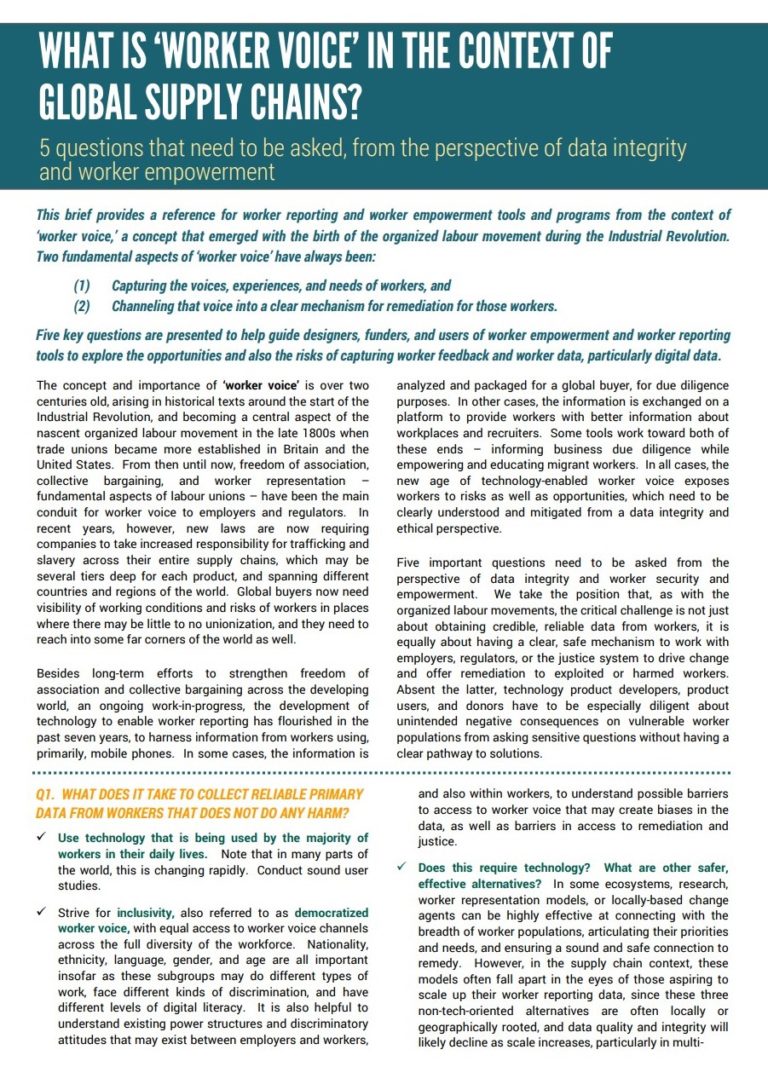Uyghur forced labor prevention act: U.S. Customs and Border Protection operational guidance for importers
GuidanceThe Uyghur Forced Labor Prevention Act (UFLPA), signed into law on December 23, 2021, reinforces the United States’ policy to strengthen the prohibition against the importation of goods made with forced labor. The UFLPA ensures support f...Read More

